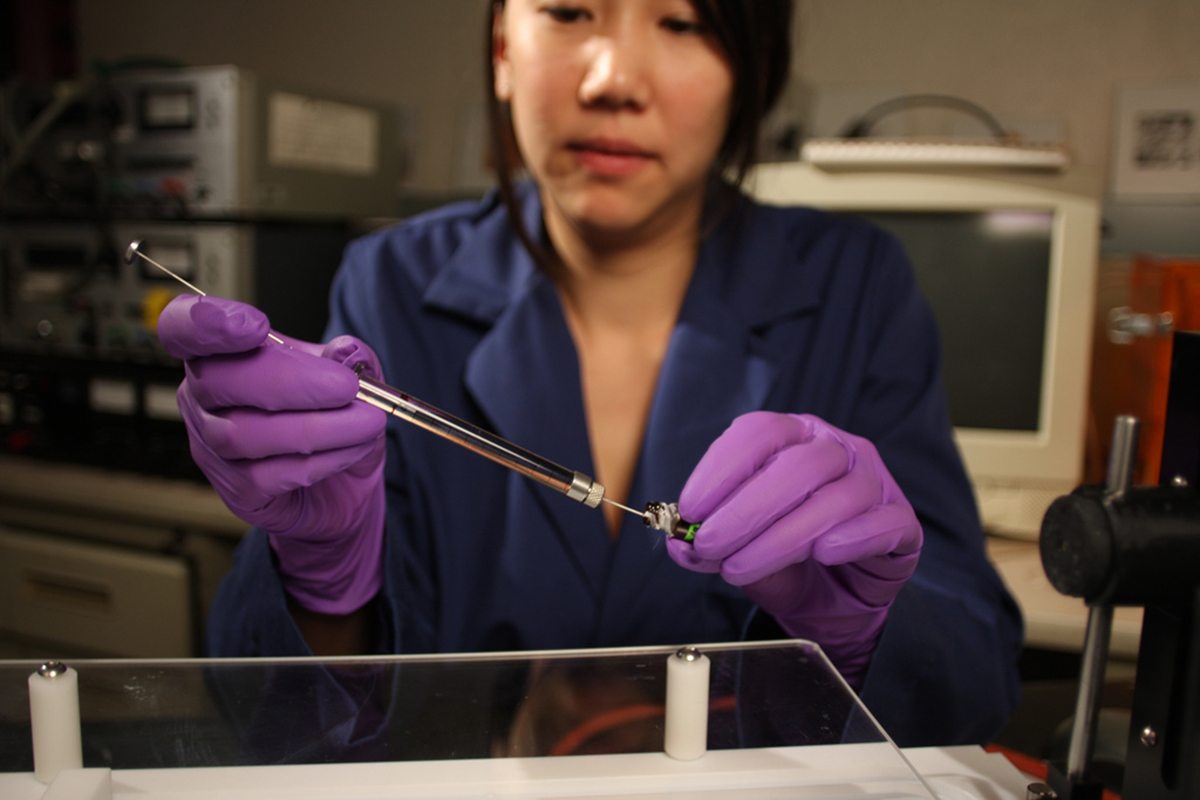Table of Contents
Cancer is one among the leading causes of mortality worldwide. Most of the deadliest cancers are diagnosed only at the advanced stages. Some cancers like breast cancer, cervical cancer and oral cancers can be detected at early stages and managed with effective treatment. Some forms of cancer are completely curable and some are even preventable.

Being diagnosed with cancer is never easy for anyone. Debilitating effects of chemotherapy carry an additional burden. Of course, this mode of treatment saves many people’s lives, but the side effects of chemotherapy such as hair loss, fatigue, nausea, vomiting, mouth ulcers and digestive problems are at times more distressing than the cancer itself.
Means to avoid the undesirable side effects of anti-cancer drugs
The reason for the side effects of chemotherapy is rather simple. Chemotherapeutic anti-cancer drugs target cells that actively grow and divide. Fast growth is a characteristic feature of tumor cells. However, some normal healthy cells like the cells in hair follicles, cells of bone marrow, cells lining the mouth and intestine also have this feature. The injected chemotherapeutic drugs can literally reach any part of the body and target the rapidly proliferating cells which, unfortunately, include the normal ones as well. In order to limit their action on cancer cells and spare the healthy cells, a more sophisticated platform of chemotherapeutic drug delivery is needed.
Extensive research and studies have been conducted to overcome the limitations and adverse effects of cancer therapeutics.
Using nano-particles, researchers are developing several targeted drug delivery platforms to reduce the assault on normal tissues to the minimum.
Nanotechnology provides multiple advantages in cancer treatment
Over the last two decades, researchers have extensively exploited nanotechnology to develop various nano-sized therapeutic and diagnostic agents, especially for cancer management. There are several reasons why researchers are focused on these tiny particles for targeted drug delivery:
1. The ultra-small size of the nano-particles enables them to escape clearance by kidneys.
2. They easily permeate through the abnormally leaky blood vessels of tumor tissues and accumulate inside the cells.
3. Their high surface area increases their loading capacity for therapeutic and imaging agents.
Another advantage in using nano-particles as drug carriers is that these particles are not recognized by P-glycoproteins, the surface transporters, of tumor cells. These transporters wash away the anti-cancer drugs preventing them from accumulating inside the cancer cells. This leads to drug resistance.
Some nanoparticles can be designed to release their therapeutic cargo only when they are inside the target cells or in response to specific stimuli (e.g., changes in pH, temperature, or the presence of certain enzymes), enhancing treatment effectiveness. Many potent anticancer drugs suffer from poor solubility in water, which limits their clinical use. Nanocarriers, like liposomes or polymer-based nanoparticles, can encapsulate these drugs, enhancing their solubility and bioavailability.
Nanoparticles can be designed for both diagnostic imaging and therapy. For example, a nanoparticle might contain a chemotherapy drug and a contrast agent for MRI. This allows for simultaneous imaging and treatment, ensuring the drug reaches the tumor and monitoring its effects in real-time.
See Also: Natural Products in Nanocapsules for Cancer Prevention
All these characteristics coupled with the ability of nano-particles to perform multifunctional tasks are the vital features that a highly targeted chemotherapeutic drug delivery system is in need of. No wonder that scientists think that these tiny particles are going to revolutionize cancer treatment.
The recent research is yet another attempt to blend the diagnostic and therapeutic modalities of cancer management.
- Wang, L., Chuang, M. & Ho, J. A. (2012) Nanotheranostics – a review of recent publications. Int J Nanomedicine 7, 4679-4695
- Cho, K. et al. (2008) Therapeutic nanoparticles for drug delivery in cancer. Clinical Cancer Research 14(3), 1310
- Croissant, J. et al. (2014) Two-Photon-Triggered Drug Delivery via Fluorescent Nanovalves. Small. Early Online Publication
- Sumer, B. & Gao, J. (2008) Theranostic Nanomedicine for Cancer. Nanomedicine 3(2), 137-140
- Kim, T. H., Lee, S. & Chen, X. (2013) Nanotheranostics for Personalized Medicine. Expert Review of Molecular Diagnostics 13(3), 257-269.
- Photo courtesy of National Cancer Institute News & Public Affairs by Flickr : www.flickr.com/photos/ncimedia/8009859023
- Photo courtesy of KristianMolhave by Wikimedia Commons : en.wikipedia.org/wiki/File:MolecularImagingTherapy.jpg


Your thoughts on this